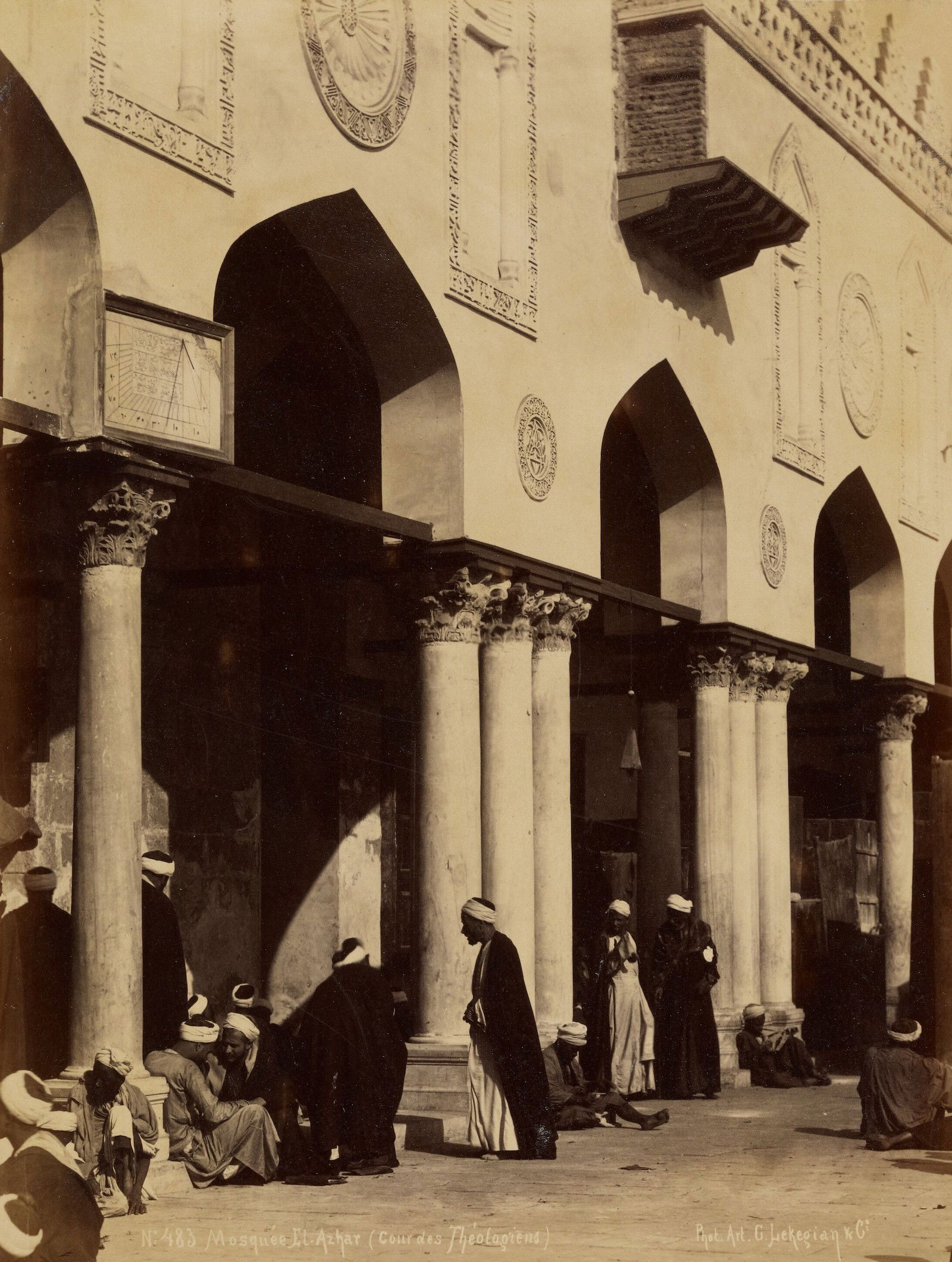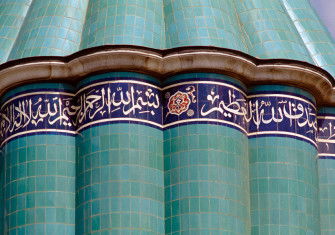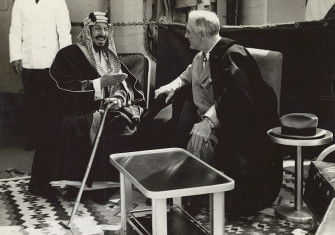‘The Fatamids’ by Shainool Jiwa review
A case for the study of Islam’s ‘other’ history.

Those few students in Britain who study Islamic history by and large learn the Sunni version. This is the familiar story of the four ‘rightly-guided’ caliphs who succeeded Muhammad and the Umayyad, Abbasid and Ottoman caliphates that followed them. When Shia dynasties, like the Buyids of Iraq and Iran, the Fatimids of Egypt and North Africa, the Hamdanids of Northern Iraq and Northern Syria or even the Safavids of Iran, feature in this version of Islamic history, they appear mainly as foils for the Sunni narrative.
Given that Sunni-Shia sectarianism is a key factor in the politics of the Middle East, thinking about Islamic history in this skewed way is unhelpful. A few recent books, such as Hugh Kennedy’s The Caliphate (2016) and John McHugo’s A Concise History of Sunnis and Shi‘is (2017), have begun to redress the imbalance. More can be done. One institution working to highlight the Shia contribution to Islamic civilisation is the Institute of Ismaili Studies in London, which, since its founding in 1977, has produced specialist studies on Ismaili Shia theology and culture. Through its new World of Islam series, the Institute is seeking to reach a broader readership.
The first volume in this series deals with the origins of the Fatimid Empire (909-1171), an Ismaili Shia state that, at one time or another, covered most of North Africa, Egypt, Sicily, the Levant, the Hijaz and Yemen. Ismailism is a minority branch of Shia Islam. Ismailis pledge allegiance to a line of imams descended from Isma‘il ibn Ja‘far (d. 762), the son of the sixth imam of the Twelver Shia. They believe not only that these imams are the legitimate political rulers of the Muslim community, but also that they know the inner truth (al-batin) of the Quranic revelation – an esoteric way of viewing Islam more often associated with Sufism.
After the mid-eighth century, the Ismailis’ extensive missionary activity (da‘wah) found success among many Muslim intellectuals as well as the Kutama Berbers of North Africa and much of the rural populace of Iraq. At this time the imams themselves were living through a period of concealment (dawr al-satr), while the Ismaili faithful awaited the return of the Mahdi or messianic guide, who would return to rule in the final years before the day of judgement, ridding the world of evil in the process.
In 909 an army of Ismaili Kutama (North African Berbers) conquered Qayrawan, the capital of the Sunni Aghlabids. Later that year the Ismaili imam ‘Abd Allah emerged out of concealment and headed to Qayrawan, where he declared himself Commander of the Faithful and the Mahdi, thus inaugurating the Fatimid Caliphate.
The first century of the Fatimid Empire witnessed the Fatimids, whose naval strength was without equal in Islamic history, struggling for control of the Mediterranean with Byzantium and the Umayyads of Cordoba. It also saw the systematisation of Ismaili theology and law. Perhaps the Fatimids’ greatest legacy from this period, however, was the foundation in 969 of Cairo (al-Qahira, ‘The Victorious’), which in 972 became their new capital. In Cairo the Fatimids founded the great Al-Azhar mosque-university, which would later become the global centre of Sunni orthodoxy – a sign that Islam cannot be understood without reference to what some historians have called ‘the Shia century’.
In bringing the Fatimids’ history to a new audience, Shainool Jiwa’s book performs an important service. It should be on the reading list of all serious students of Islamic history.
-
The Fatimids: The Rise of a Muslim Empire
Shainool Jiwa
IB Tauris 160pp £8.99
Fitzroy Morrissey is a fellow of All Souls College, University of Oxford.






